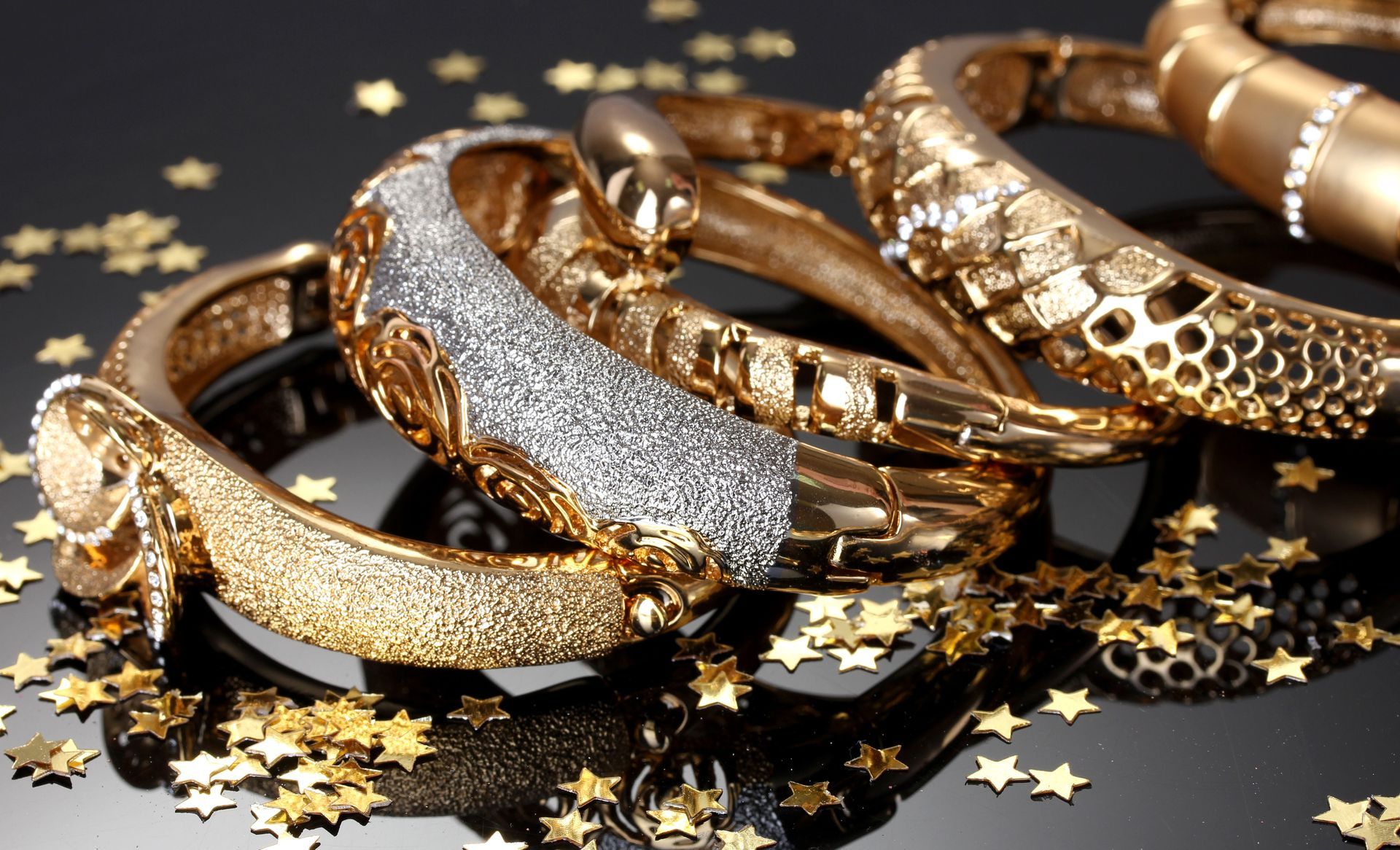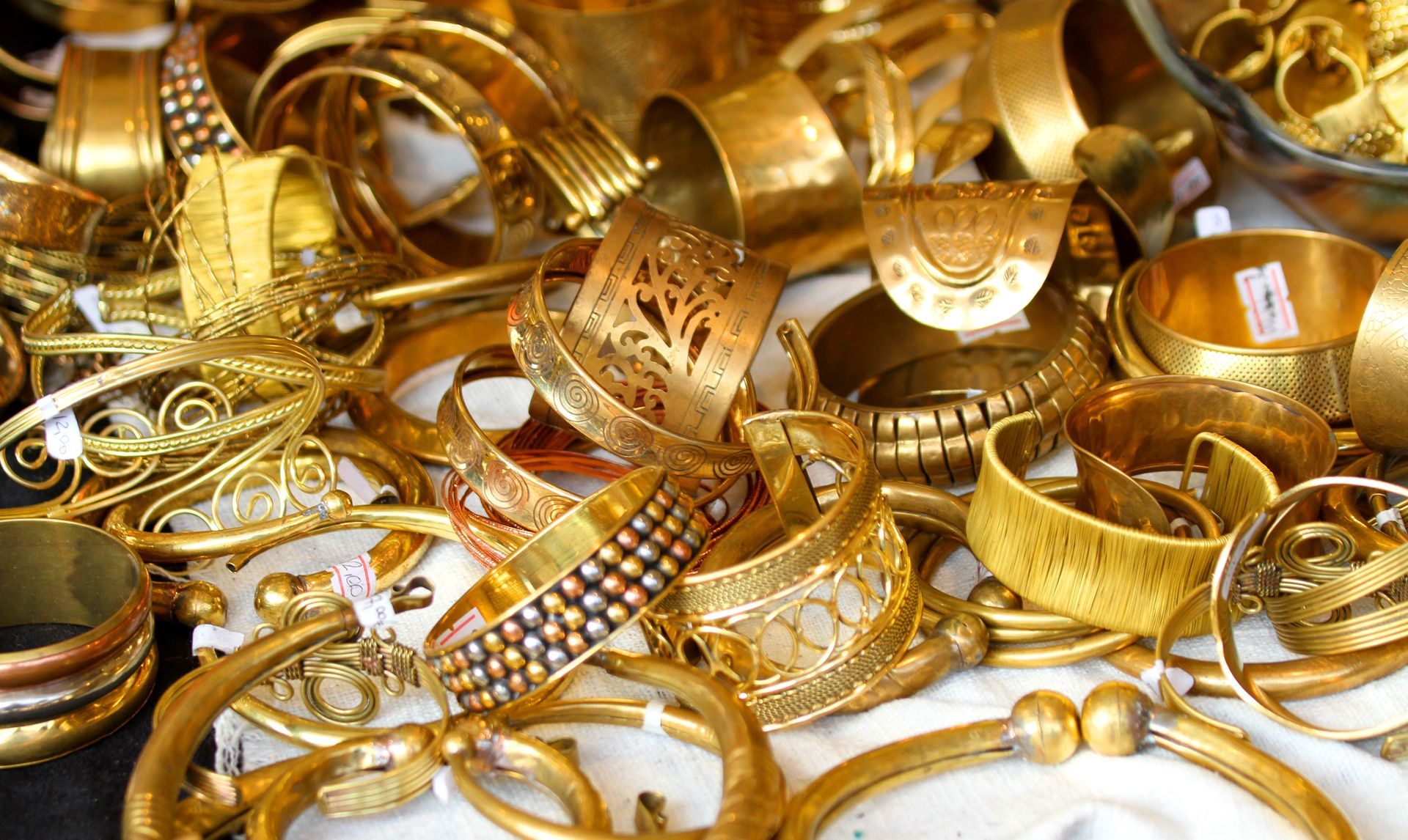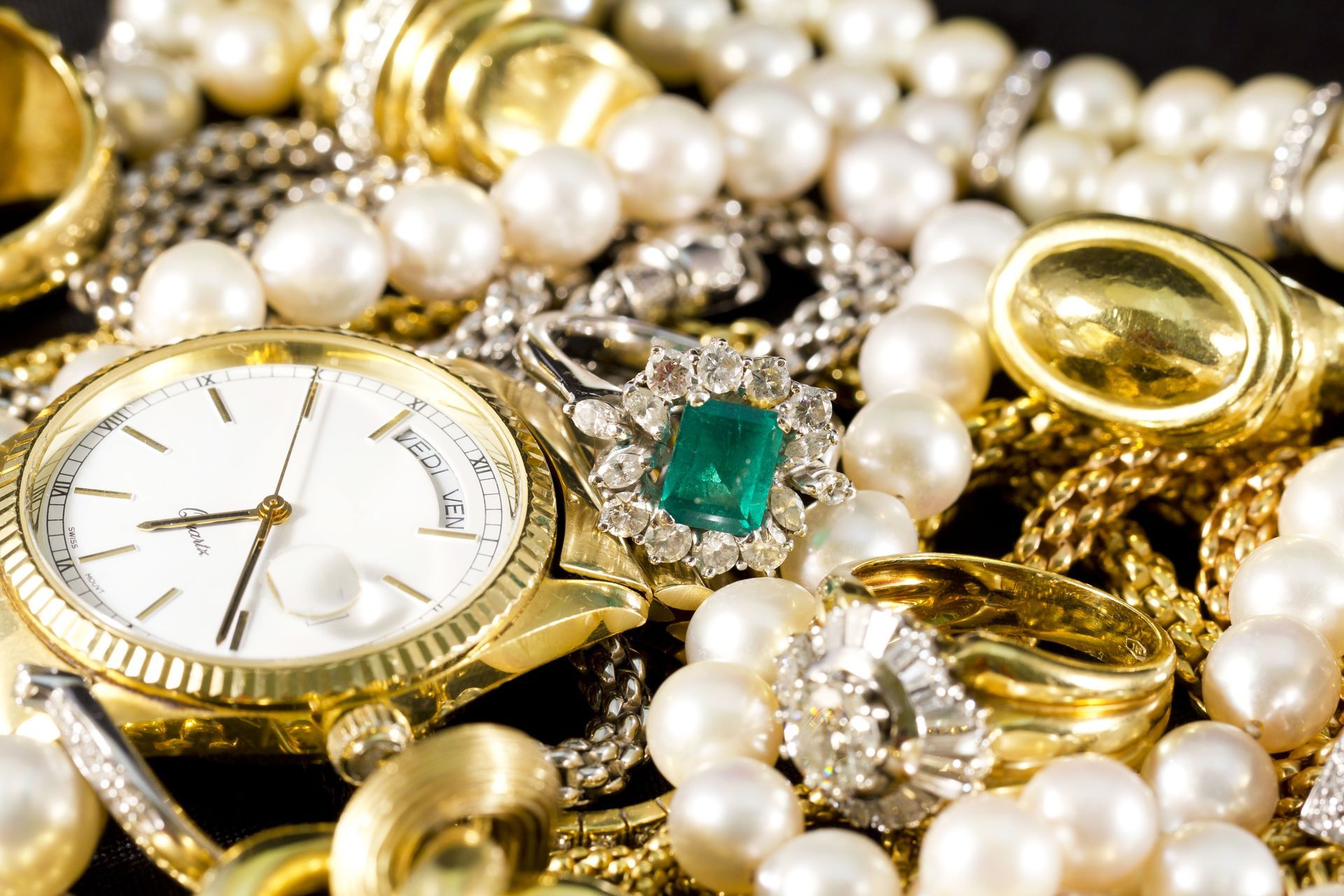November 14, 2025
Selling jewelry and coins can stem from multiple reasons — whether to access extra funds, simplify your collection, or invest wisely. Many people also choose to sell jewelry to update their style or release valuable items that no longer hold personal use. Understanding the value of your pieces, the selling options available, and how to prepare them properly can significantly impact your outcomes. By knowing these key factors, you can confidently navigate the process and maximize returns while avoiding common pitfalls. This guide walks you through the essentials to help you sell coins and jewelry successfully, whether for financial gain, estate planning, or simply decluttering your collection.
Research Market Trends With Accuracy
The market for jewelry and coins fluctuates constantly, influenced by economic shifts, fashion trends, and historical significance. Staying updated on current market conditions allows sellers to identify demand and price trends. Reviewing auction results, metal spot prices, and market reports offers insight into how similar items are performing. Knowledge of the market also helps determine the optimal time to sell coins or jewelry, increasing the potential for higher returns.
Historical context can also boost your items’ appeal. According to Coin Week, Florence, Italy, was the first city to mint its own gold coins in 1252. Coins from historically significant periods can attract collectors who value rarity and provenance, often leading to increased interest and competitive offers. Similarly, vintage jewelry from the early twentieth century or earlier may carry design or material features that are highly sought after. Recognizing this background information equips you to present your items with confidence to potential buyers.
Economic trends such as inflation, currency changes, and global financial shifts further affect metal prices and collector interest. Understanding these broader influences allows sellers to time their transactions strategically. By monitoring the price of gold, silver, and platinum, as well as understanding demand for certain coin or jewelry types, you gain a clear advantage when you sell jewelry. Additionally, checking recent sale prices of similar items online or at local dealers helps you gauge realistic expectations for your own pieces.
Appraise Your Items With Precision
Professional appraisals are crucial in determining the true value of your jewelry and coins. Certified appraisers evaluate materials, design, craftsmanship, and rarity, offering an informed assessment of market worth. Obtaining multiple appraisals provides a balanced perspective and helps uncover hidden value, particularly for historically or artistically significant pieces.
Documentation from professional evaluations not only reinforces credibility but also accelerates the selling process. Buyers are more likely to trust listings backed by thorough appraisals, especially for vintage or high-value items. By knowing the appraised value, you can avoid underpricing your pieces while setting realistic expectations when you sell jewelry. Additionally, professional appraisals can uncover overlooked features, such as designer marks, rare cuts, or unique gemstones, all of which may increase demand. Maintaining records of these appraisals also simplifies negotiations, ensuring buyers feel confident in the transaction.
Evaluate Condition, Rarity, and Precious Metal Content
The value of jewelry and coins is influenced by a combination of condition, rarity, and precious metal content. Pieces in excellent condition generally attract higher offers since they require little to no restoration. Accurately assessing and documenting wear, scratches, or other imperfections ensures buyers receive transparent information, increasing the likelihood of a smooth transaction.
Rarity adds another layer of desirability. Limited editions, rare mints, or unique designs often command premium prices. Coins from early or small mints, for example, may be significantly more valuable than common examples. Even minor details, such as a rare clasp style on a vintage necklace or a minting error on a coin, can elevate interest. Highlighting these attributes can spark competition among buyers and sometimes lead to higher sale prices than initially expected.
The intrinsic value of jewelry and coins also hinges on their precious metal content. Gold, silver, and platinum carry value independent of design or historical significance. Knowing the purity and weight of metals in your items is essential when determining a fair price. Metal content also serves as an authenticity indicator; coins and jewelry with official markings, certificates, or hallmarks provide buyers with confidence in legitimacy. Awareness of fluctuating global metal prices can help you strategically time your sale, ensuring you sell jewelry for maximum return. Understanding these combined factors — condition, rarity, and metal content — allows you to present your items confidently and negotiate effectively.
Assess Historical and Sentimental Value
Beyond monetary worth, historical and sentimental value can enhance appeal. Collectors often pay more for items connected to specific eras, events, or famous designers. Highlighting these aspects when selling jewelry or coins can make your listings more compelling and justify premium pricing.
Sentimental value is also important for personal decision-making. Family heirlooms carry emotional weight that may influence selling choices. Balancing sentimental attachment with financial goals helps prevent regret while ensuring you receive fair value for your pieces. Documenting any known history, such as previous owners, designer information, or notable provenance, adds a unique story that resonates with buyers. Sharing these narratives in listings or during transactions can increase buyer interest and even spark competitive offers. Recognizing both historical and emotional significance allows you to sell jewelry strategically while preserving meaningful connections.
Prepare Your Items for Sale
Before selling jewelry or coins, presentation is key. Proper cleaning and maintenance restore shine and preserve value. Jewelry should be cleaned carefully to enhance gemstones and metals without causing damage. Coins require gentle handling to maintain numismatic value, and professional advice is recommended for older or intricate items.
Understand Buyer Types With Insight
Knowing the type of buyer you’re working with can significantly influence your selling strategy and final offer. Buyers typically fall into several categories, including collectors, investors, dealers, and casual buyers, each with unique motivations and priorities.
Collectors often seek items with historical, artistic, or sentimental significance. They may pay premium prices for rare or unique pieces, especially when provenance or condition is exceptional. When selling to collectors, emphasizing a jewelry piece's history, craftsmanship, and any notable details can help justify higher offers.
Investors usually focus on precious metal content and market value. Gold, silver, and platinum pieces are often evaluated for intrinsic worth rather than aesthetics or story. Highlighting carat, weight, and current market prices is essential when selling jewelry to these buyers, as they make decisions based on financial return.
Dealers act as intermediaries who buy to resell. Their offers may be lower than collector or investor prices since they factor in profit margins. Understanding dealer motivations helps you negotiate effectively and choose whether a dealer's offer meets your financial goals.
Casual buyers are typically less knowledgeable about market trends but may be attracted to design, brand, or sentimental value. Clear, transparent information about authenticity, condition, and provenance ensures that casual buyers feel confident in their purchase.
Recognizing the type of buyer you are dealing with allows you to tailor your approach, highlight the most compelling aspects of your items, and strategically negotiate offers. By understanding buyer priorities, you can maximize the value when you sell jewelry and ensure a smoother, more profitable transaction.
Organizing documentation, including appraisals, certificates, and receipts, provides proof of authenticity and builds buyer confidence. High-quality photographs showcase your items' details, while secure packaging ensures safe transport. A well-prepared item signals care and professionalism, making it easier to sell jewelry successfully. Investing in preparation can lead to quicker sales and higher offers, ultimately making the process more rewarding. Small touches, such as displaying items in appropriate holders or including original boxes, can make a strong impression on buyers.
Selling jewelry and coins requires research, preparation, and awareness of market trends. Understanding condition, rarity, precious metal content, and historical significance positions you to achieve optimal outcomes. By presenting items professionally, documenting value, and exploring the right selling channels, sellers can navigate the process confidently.
For those ready to take the next step, we at ATL Gold Buyers provide a seamless experience for selling jewelry and coins with confidence. Our team offers fair evaluations and secure transactions, helping you turn your valuable items into immediate returns. Contact us today to get started and discover how simple and rewarding it can be to sell jewelry with us.






